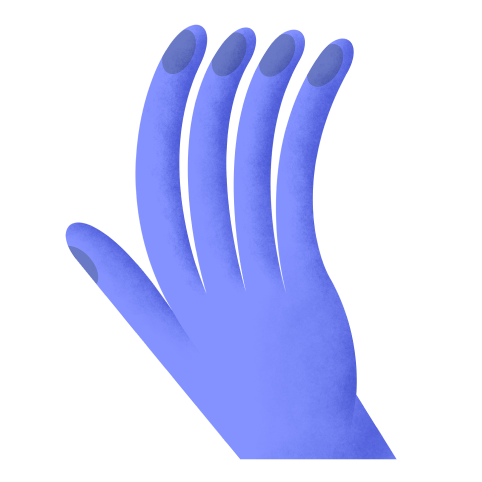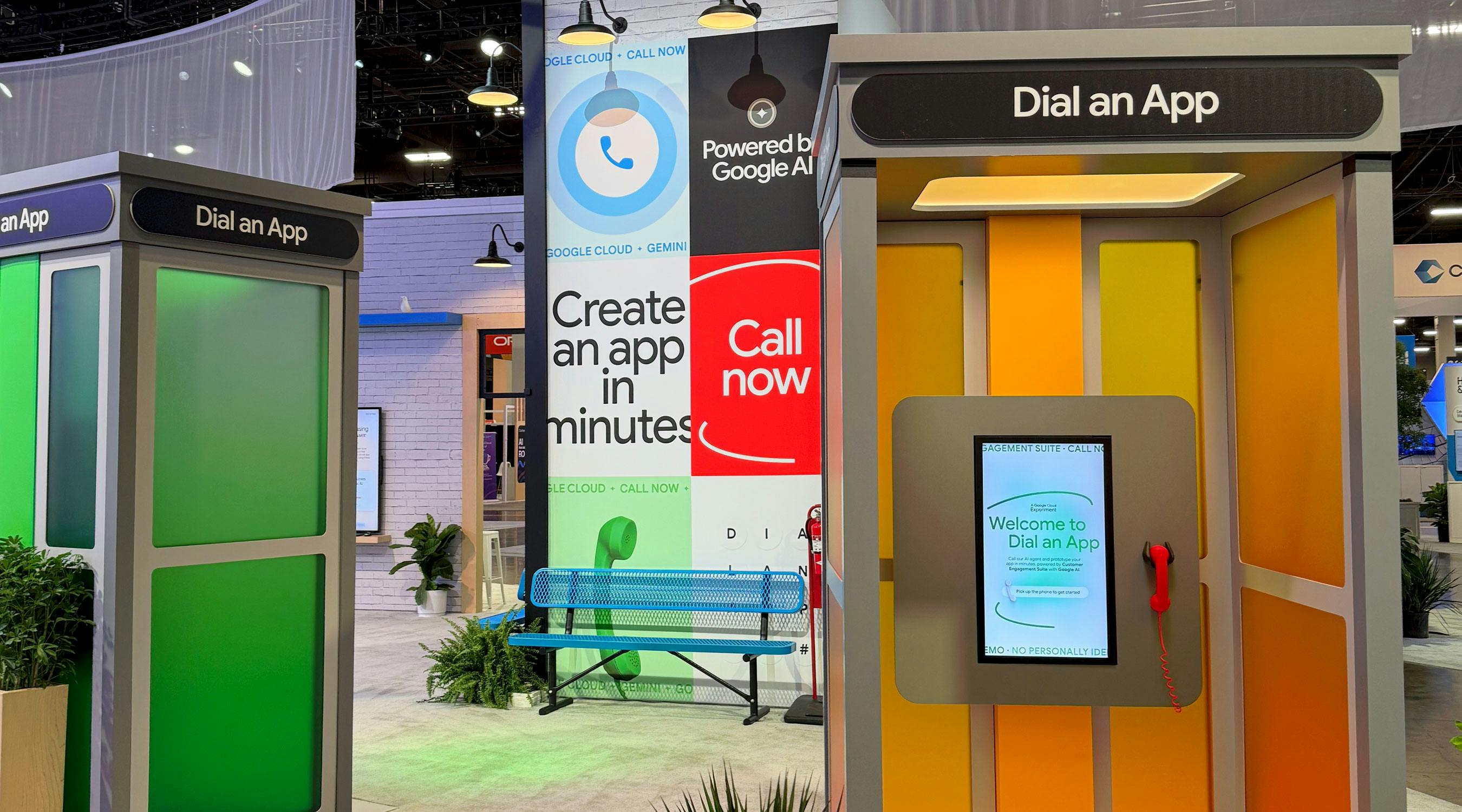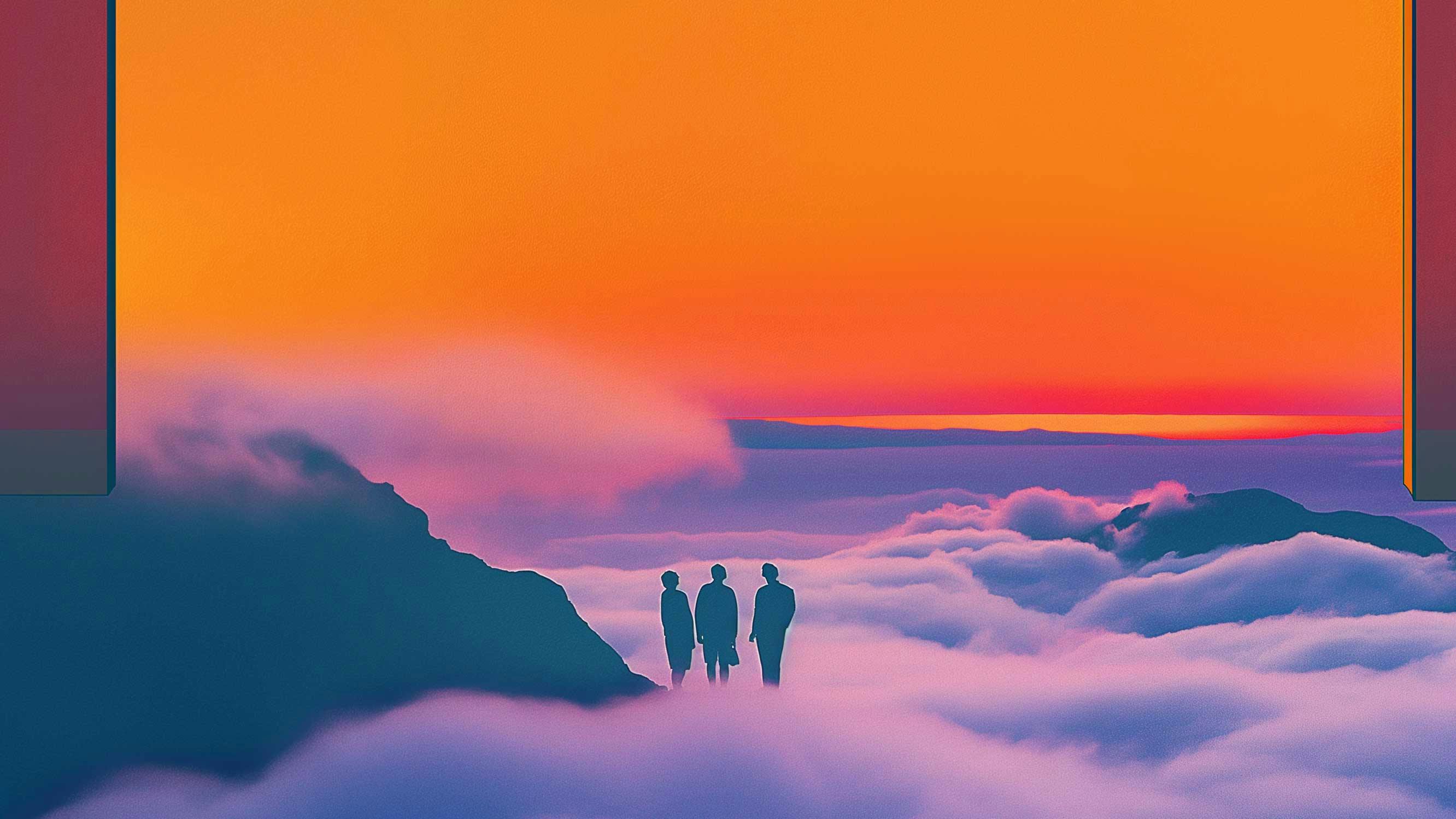That Visceral Reaction to Design: Editor Gregory Han Talks Shop with Use All Five
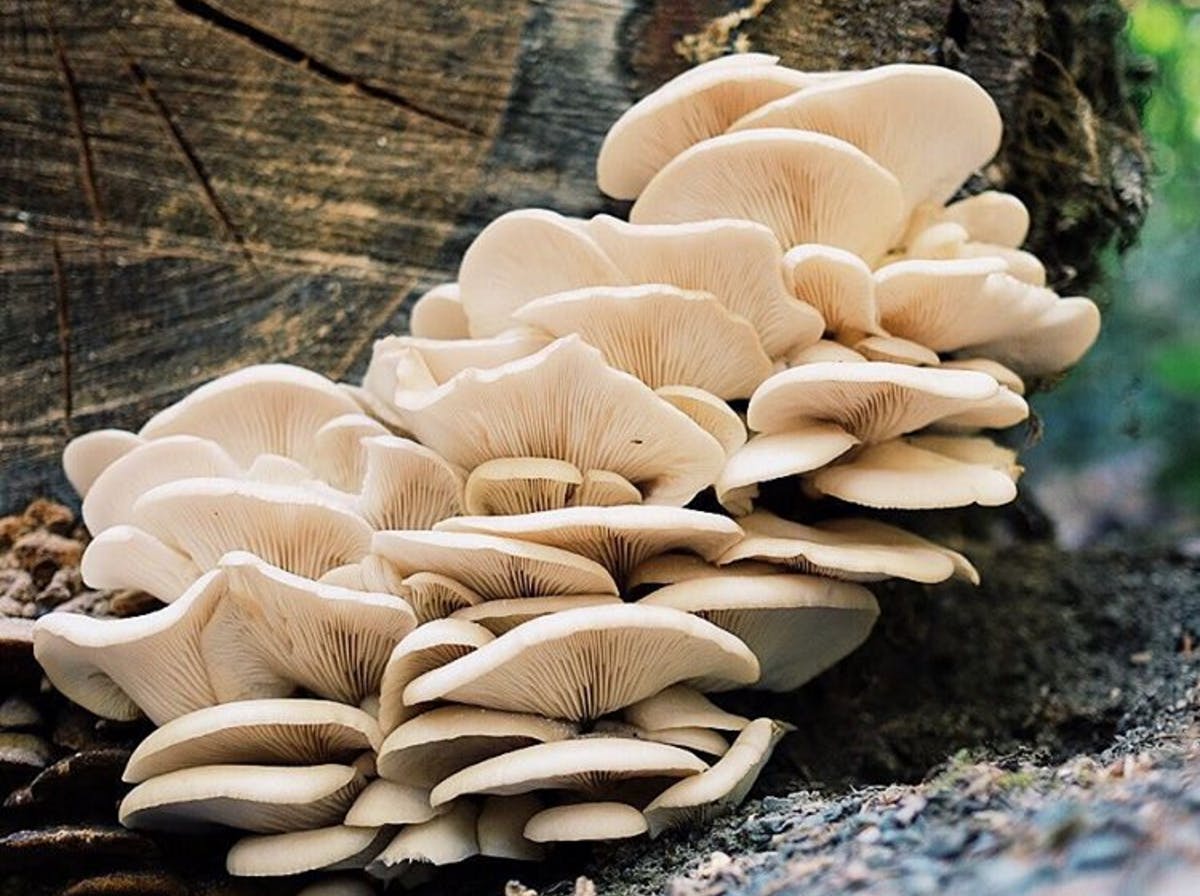
How has growing up and living in LA affected your artistic taste?
Two underlying forces: the first being the Southern California landscape, both natural or manmade. I grew up in the most northern outskirts of Los Angeles in the San Fernando Valley, with suburbia abutted against the mountains and chaparral of then undeveloped land. That meant the constant presence of native oak trees to climb, creeks to explore, and a spectacular sunlight that painted the landscape golden; this early presence of nature steered me to studying environmental architecture in school and still pervades today in my definition of aesthetics and expression. It’s an ongoing internal dialogue, one which seems to continually seek the friction of manmade infrastructures in proximity with nature. This probably explains my affinity for artists Tim Hawkinson and Andy Goldsworthy.
On the pop culture level growing up in the 80’s in the San Fernando Valley colored my sense of aesthetics and creativity like a Cosby sweater. Skater culture, the multiculturalism and internationalism of Los Angeles, the emergence of hip-hop. Each had such a strong aesthetic identification system during those formative pre-internet years; they were all integrated into my ideals of expression and art. Later after graduating college, it was LA zine-turned-magazine Giant Robot which attuned me to the local art scene, one led by then emerging young artists studying, working, and living in Los Angeles – Kozyndan, Mark Ryden, Souther Salazar, Saelee Oh, Audrey Kawasaki, Brendan Monroe, and David Choe.
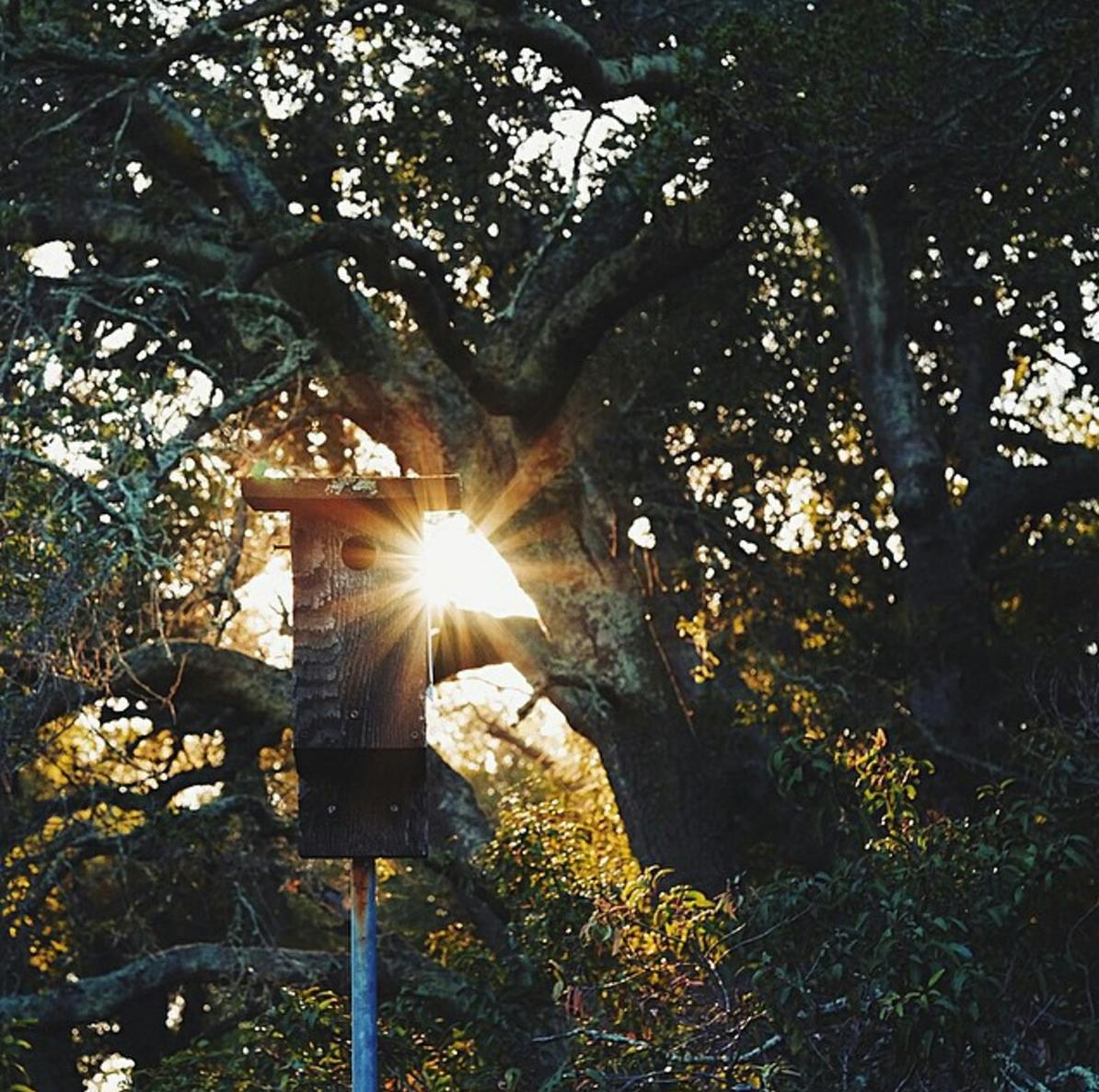
How do you stay informed about the design community?
Through a non-stop ingestion of blogs, books, magazines, Instagrams, Pinterest boards, Tumblrs, Facebook, and leads from friends. Designers pitch projects directly. I’m also fortunate to have friends who are designers and artists themselves, so by circumstance I get to ask, “hey, what’s that?”. Sometimes I feel like the online version of Varys from Game of Thrones or a Google spider ever crawling across the web.
You seem to have a focus on design that materializes in the real world – products, homes, vehicles, etc. Do you have a preference for material over digital design and if so, how did this come about?
Alongside my initial studies in environmental architecture, I come from a print and industrial design background. There was always a material conclusion to the work I did, and this probably explains the preference for materiality over the virtual. I’m dating myself but I can still remember when designers knew their way around an airbrush and a Rapidograph (when we weren’t flying around in zeppelins and pedaling penny farthings), so my own definition of a meaningful experience with design is tied to the multi-sensory experience of physical objects.
But this isn’t to say I’m not interested in digital design, far from it. I’m just waiting for the technology to evolve to the point where our evolutionary dependence upon our senses is satiated and we can cross that chasm of uncanny valley.
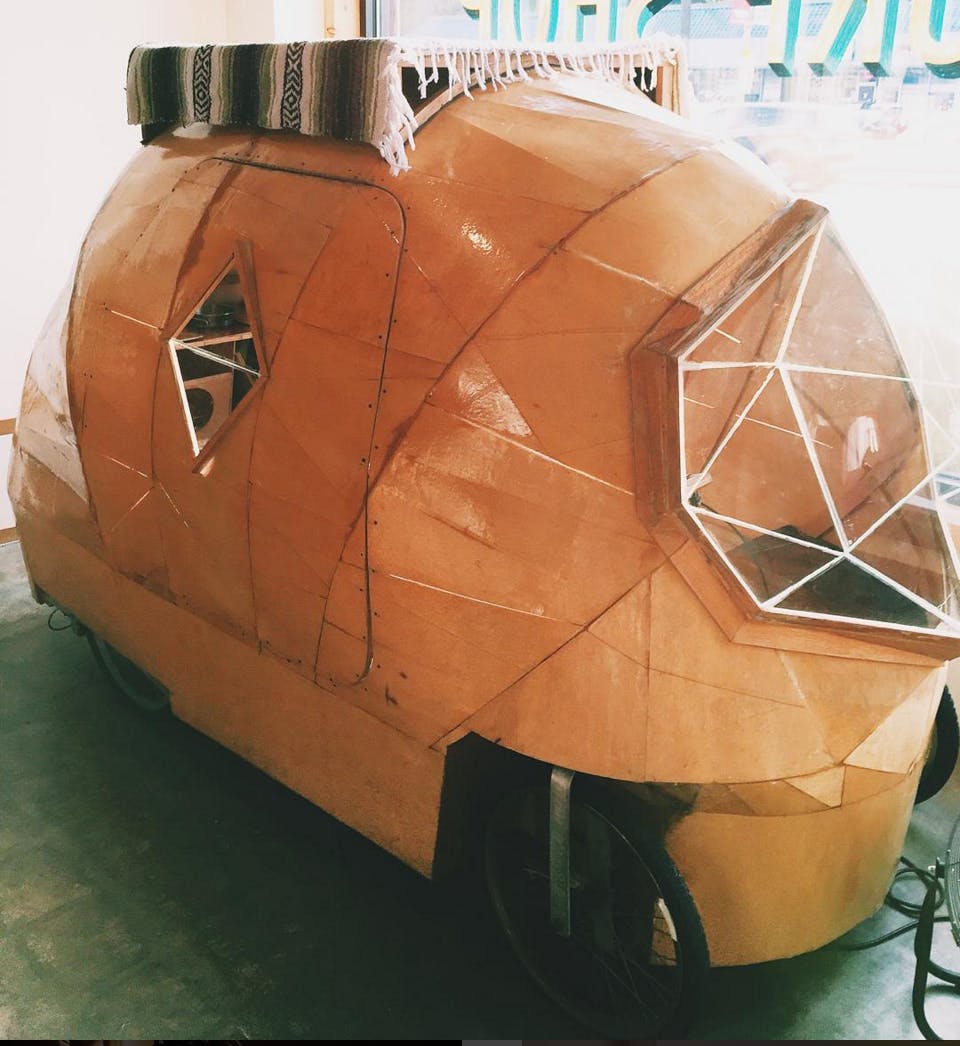
How influential do you think a person’s immediate visual environment is on the mind?
It’s funny you bring this up, I was just reading an online piece about the effects of environment upon the decision-making process. It seems the same influence applies in regards to happiness, productivity, receptiveness to new ideas, etc. I’ve jokingly remarked, “keep your desk clean and your mind dirty”, and I think it’s an apt description of my modus operandi. But it’s all subjective. Some people prefer disorderly spaces, and can effectively feed off the chaos. I happen to be the type who cleans and organizes a space to ease the mind, prefers quiet and solitude.
What sort of criteria do you use to assess whether a given story is right for Design Milk?
I immediately knew I wanted to work with and for Design Milk because Jaime (Derringer), the site’s founder and executive editor, told me, “I trust your eye and judgment”. And ever since it’s been an evolving combination of gut feeling and cognizance of ongoing trends I was hired to bring.
First and foremost, we cover the designs and designers that move us personally, so the first criteria to be met is appeasing that visceral reaction to design. We’d rather have our readers love or hate a design than be dismissively disinterested, because without that reaction there’s no chance for conversation about what makes (or doesn’t make) a successful design. Another criteria is determining whether a design, product, or concept helps communicate an emerging or progressing trend. So, sometimes we’re filling in the dots, other times connecting them.
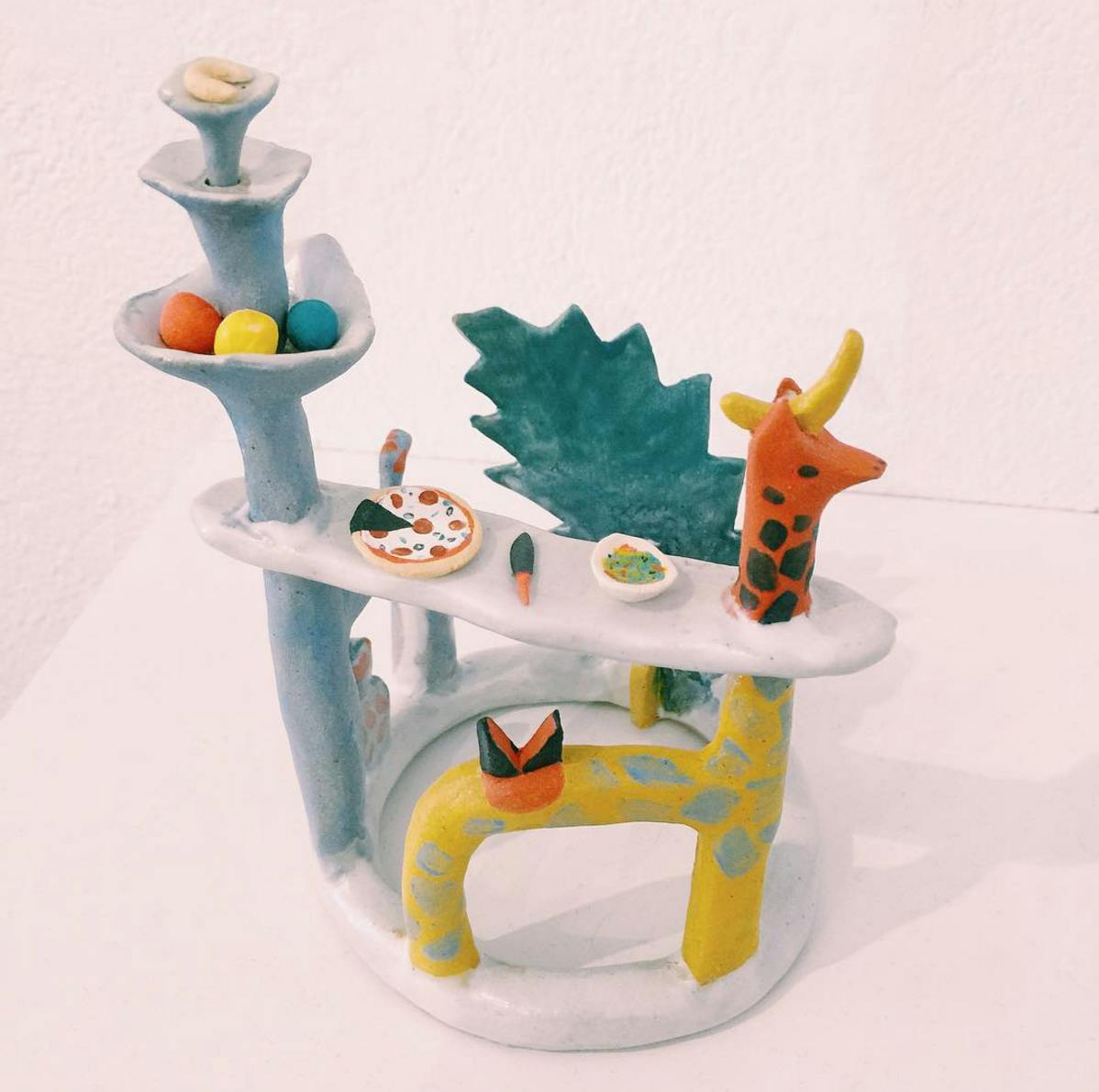
Can you tell us about the most aesthetically pleasing place you’ve visited through your work as editor?
Sea Ranch, a planned coastal architectural community near Sonoma, CA. My wife and I took a sponsored road trip up from San Francisco to Portland this year, and we stopped for a few nights at the Sea Ranch Lodge. The residential architectural typology dotting the landscape in Sea Ranch is everything I would hope in one day owning myself: modernist, minimal, wearing the visible effects of the elements, each with a harmonious relationship with the landscape.
What is your greatest anticipation for the upcoming year?
Travel. As much as I hate airports and being stuck on board a plane, I’m always looking forward to the possibilities of landing somewhere new.
